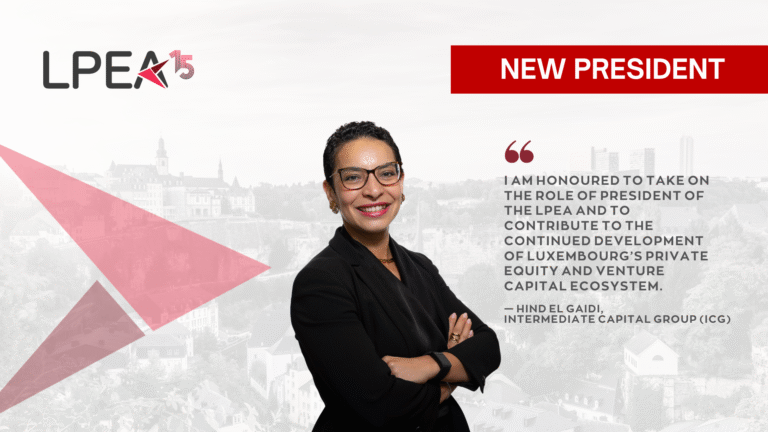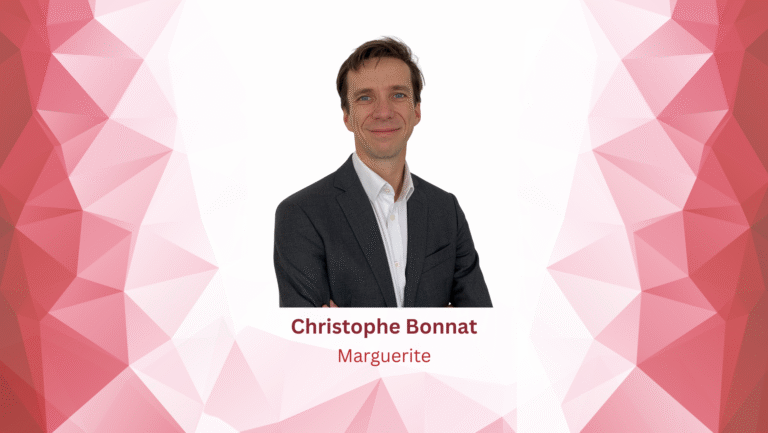Guest article byNic Mueller, CFA, Wirtschaftspruefer, Senior Manager at KPMG Luxembourg
Guest article: „Top Quartile“ – and other urban legends demystified
By the time an industry reaches maturity, market participants will have usually agreed on industry standards. Those are meant to harmonize international operations, increase transparency, enhance customer experience and allow comparability. With regards to the Private Equity industry, one may ask – are we there yet? I’ll be looking at two items in this post: Performance Measurement and Reporting.
Performance Measurement: “we are top quartile”
Not only those market players that have participated in the largest Private Equity conference on this planet last week – the SuperReturn International in Berlin – are faced with an assertion that has gradually turned into a joke: GPs claiming they were “top quartile”. So out of the millions of bright intelligent people on this planet that fund companies and increase their enterprise value, literally all of them are amongst the top 25% rainmakers?
The funny answer is: yes, they are – somehow. Oliver Gottschalg of PERACS institute made the exercise and reviewed a comprehensive universe of funds over a meaningful timespan and came with the conclusion that it’s mainly a matter of definition; example: the industry has failed to agree on a universal definition of “vintage” – is it the year of first closing, last closing, first investment? It can easily be imagined that funds could categorize themselves in exactly that year that makes them look most favorable. All these little inconsistencies add up to a myriad of possible combinations that allow you to be top quartile, depending on the metric you define yourself as a GP.
And don’t get caught up in the battle “Which one is the better metric – IRR or Cash Multiple?” – you’re both wrong. Historical performance is not a good proxy for future returns: we have all heard that before but it seems to be in the human nature to simplify decision-making and base it on intuitive numbers. However, the GP selection process has always been (and probably always will be) a people business, where understanding the investment strategy (the “what?”), proposed timing (the “when?”) – and most importantly (as evidenced by research, see above) the implementation (the “how?”) is crucial, and the human element can be supported by key metrics – but never be replaced.
Reporting: “yes, this is fair value… why do you ask?”
The website of the International Private Equity and Venture Capital Valuation Guidelines Board (“IPEV Guidelines” Board) has been outdated for so long, that people thought they stopped interacting in December 2012. And then – not necessarily accompanied by a huge marketing campaign – the updated version December 2015 was released recently. In my view, the IPEV Guidelines are seen as a standard for reporting fair values in Private Equity funds in many jurisdictions, but are they really applied as such?
Once again: a huge question mark. Lawyers happily put a reference to the IPEV Guidelines (or, if they still haven’t updated their templates: the “EVCA” or “BVCA” guidelines) in the LPAs, but has this trickled down to Alternative Investment Fund Managers, external value specialists, accountants, financial reporting clerks, auditors, and other fans&friends of the Private Equity industry? Well, funds are usually audited, so the discussions will be held at least once a year, but inside knowledge about the various elements (esp. the new 2.7, or the widely ignored 4.3 – have a read) is not necessarily found in all parts of any given organization.
A wonderful playground – for anyone willing to contribute
I have not spoken about the initiatives by the Institutional Limited Partners Association (“ILPA”) and their new fee template yet (watch this space for more to come), but I’d already like to draw a conclusion here: The Private Equity industry at its current stage couldn’t be more interesting for anyone who is obsessed about standardization and harmonization, as GPs and LPs alike have more than ever understood the need for a common ground. The national and international trade associations are open for anyone who is willing to contribute and suggest ideas. Academics pair up with practitioners to analyze large data sets and draw conclusions that will enable them to push back regulators, backed by profound research.
It has never been more fun to be associated with the world of investing – without investing a single cent 🙂





